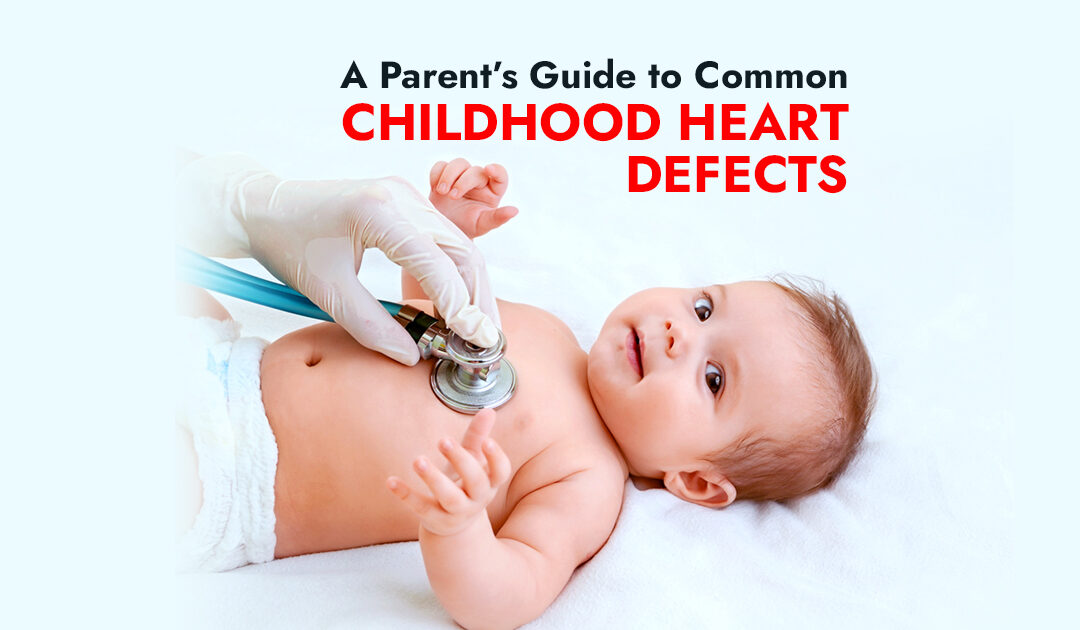About 1% of babies are born with congenital heart defects (CHDs), which are structural cardiac defects. It’s crucial to keep in mind that despite how devastating hearing that your child has a CHD can be, medical progress has made great gains in both recognizing and treating these illnesses.
Abnormalities that affect the structure or function of the heart in different ways are included in the broad category of CHDs.
Here are some common types:
- The fetal link between the aorta and the pulmonary artery, known as the patent ductus arteriosus (PDA), usually closes soon after birth. Blood can go from the aorta to the pulmonary artery through a chronic PDA, which puts more strain on the heart and lungs. Sweating, shortness of breath, and an accelerated heart rate are possible symptoms.
- Tetralogy of Fallot (TOF) is the result of the intersection of four cardiac defects – right ventricular hypertrophy (THV) (thinning of the RV due to increased workload), pulmonary stenosis (narrowing of the valve connecting the RV to the pulmonary artery), and ventricular septal defect. The bluish skin tone (cyanosis), exhaustion, and trouble eating are common symptoms of TOF that first appear in infants.
- A hole in the septum, which divides the heart’s top chambers (atria), permits blood to pass between them. This condition is known as an atrial septal defect (ASD). Fatigue, dyspnea with physical activity, or tachycardia—rapid heartbeat—are possible symptoms. ASDs are occasionally found during standard examinations even if they don’t always present with any symptoms.
- A hole in the wall that divides the heart’s lower chambers, or ventricles, permits blood to pass between them. This condition is known as a Ventricular Septal Defect (VSD). The severity of the hole can affect the symptoms. Although larger VSDs can induce weariness, dyspnea, and feeding difficulties in newborns, smaller ones might not create any visible problems.
The exact defect, its severity, and the child’s general health all influence the available treatment choices for CHDs. Certain flaws might be closely watched and not require quick correction. Others might need to take medication to control their symptoms or undergo minimally invasive procedures like cardiac catheterization to enlarge restricted valves or seal holes in them. To repair the structural anomaly, surgery may be required in certain circumstances. Receiving a CHD diagnosis might be frightening, but you don’t have to go through this path alone. A multitude of services are at your disposal to assist both you and your child.

